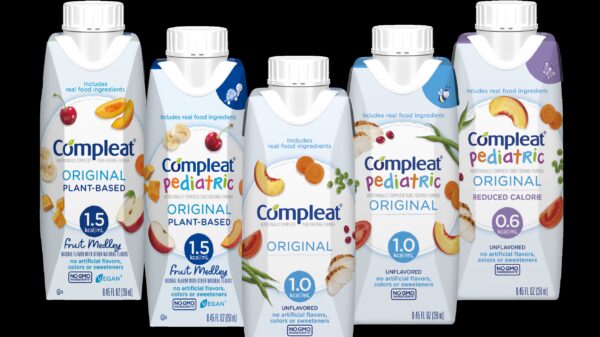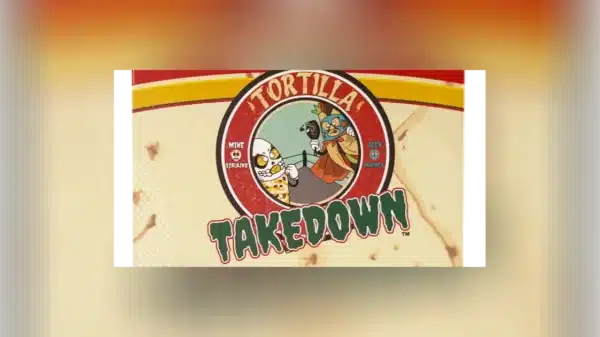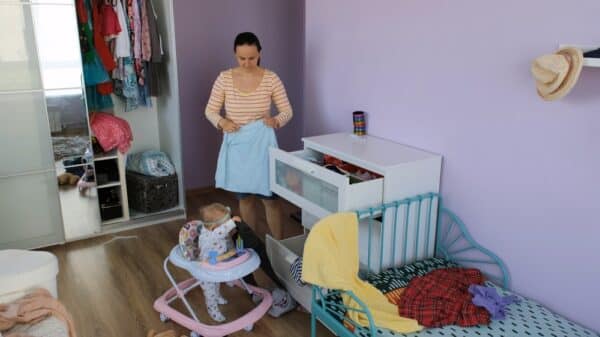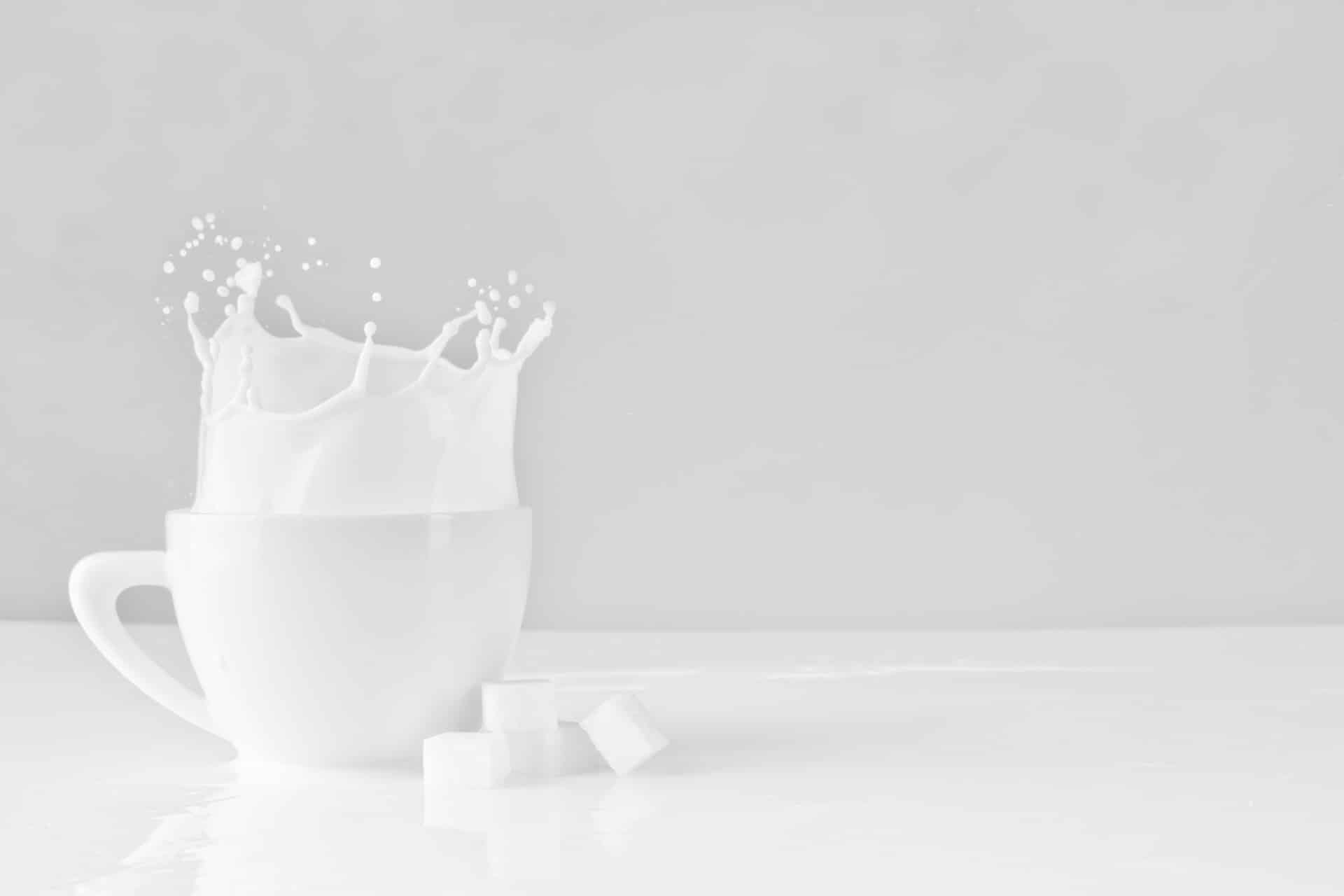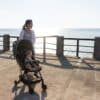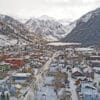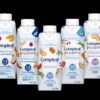When you’re parenting a child with food allergies, the act of reading labels becomes as second nature as breathing. One missed ingredient—especially something as common as milk—can swiftly turn a meal into a potential emergency. That’s why the recent butter recall is sending waves of concern across families who navigate this challenging landscape daily.
Bunge North America has voluntarily pulled more than 64,000 pounds of its NH European Style Butter Blend off the market after uncovering that the product had undeclared milk allergens. This recall hasn’t made headlines in many places, and shockingly, no public press release has been issued. Yet, for families with children who have dairy allergies, the alarm rings loud and clear. The potential risks can be severe.
So, what do parents need to know about this situation? Let’s dive into the specifics.
What Product Was Recalled?
The recall involves the NH European Style Butter Blend, produced by Bunge North America. This voluntary recall was initiated on July 14, 2025, due to the discovery of milk—the allergen that parents look out for on every label—being included without being mentioned.
If you suspect this product might be in your fridge or freezer, take a close look and see if you can identify it. Here are some essentials:
– Product Name: NH European Style Butter Blend
– Packaging: White paperboard cases, each containing 36 blocks of butter
– Product Code: 5023937
– UPC: 1 00 78684 73961 2
– Lot Code: 5064036503
With allergens at the forefront of our minds as parents, ensuring the safety of our children is crucial.
Why Was the Butter Recalled?
The issue stems from a dangerous labeling oversight. The butter contained milk, one of the top nine major food allergens, but this critical information was missing from the label. Federal regulations require that all packaged foods clearly list allergens to protect those with serious sensitivities.
Due to this error, the FDA categorized it as a Class II recall, signifying that the product could potentially lead to temporary or medically reversible health effects. While not as critical as a Class I recall—which indicates an immediate danger—the ramifications are still considerable, particularly for young children or anyone with a dairy allergy.
Even trace amounts of milk can spark reactions that range from annoying—like stomach cramps and rashes—to life-threatening conditions like anaphylaxis, where immediate medical intervention becomes essential.
What’s the Risk for Kids with Food Allergies?
For children with dairy allergies, even the tiniest speck of milk protein can trigger a formidable immune response. While some reactions might be mild—such as itchiness or nausea—others can escalate into anaphylaxis, a medical emergency that can claim a life if untreated.
According to the American College of Allergy Asthma and Immunology, symptoms of anaphylaxis may include:
– Difficulty breathing
– Hives or swelling
– Tightness in the throat
– Hoarseness
– Nausea and vomiting
– Abdominal pain
– Diarrhea
– Dizziness or fainting
– Low blood pressure
– Rapid heartbeat
It’s sobering to think about, but without prompt treatment—often via an epinephrine injection—anaphylaxis can have fatal consequences. This underscores why undeclared allergens pose such a hazard, particularly in foods that might be used in shared meals, school lunches, or restaurant kitchens. As parents, we depend on clear labeling to protect our children, and when that system falters, the risks climb dramatically.
Where Was the Product Distributed?
Although the company hasn’t provided a comprehensive list of retail locations, the FDA has confirmed that the recalled butter reached 12 distribution centers across the U.S. and one in the Dominican Republic.
It’s worth noting that the butter was also available through platforms like Amazon and Food Service Direct, catering to both individual consumers and commercial kitchens. This means the product could easily find its way into daycares, summer camps, or family gatherings—without parents even being aware of its original packaging.
If your little one has a milk allergy and recently dined outside the home, this recall isn’t just a footnote; it’s vital information.
What Should You Do If You Have the Recalled Butter?
If you think you might have this product in your home, take a moment to investigate the label. Look for these specific identifiers:
– NH European Style Butter Blend
– Product Code: 5023937
– UPC: 1 00 78684 73961 2
– Lot Code: 5064036503
The FDA cautions consumers against eating, serving, or donating any recalled products. Typically, you can return them to the store where you purchased them, even if you don’t have your receipt. If you bought online, reach out to the retailer’s customer service for guidance.
It’s disheartening that a public press release hasn’t been issued regarding this recall, leaving many families uninformed about the potential dangers. If you have any questions or concerns, you can reach out to Bunge North America via their website.
And remember: if your child shows signs of an allergic reaction—especially signs like difficulty breathing or swelling—dial 911 or seek immediate medical attention.
This Recall is a Wake-Up Call
For most families, ingredients in butter rarely warrant a second glance. But for parents of children with food allergies, that label can signify the line between safety and catastrophe.
This recall serves as a powerful reminder about the importance of clear labeling and how trusted products can sometimes fail us. With the lack of a formal announcement or widespread media coverage, countless parents may never learn of this particular threat.
If your family is managing a food allergy:
– Consider signing up for FDA food recall alerts to stay informed.
– Teach your older kids how to check packaging for allergens.
– Advocate for better food labeling and increased transparency in public spaces.
And if your child doesn’t have allergies, this is still an opportunity to spread awareness. Because whether it’s during a school lunch swap, a shared snack at playdates, or birthday treats at daycare, someone else’s safety could hinge on our diligence.
Navigating the world of food allergies isn’t easy, but being informed equips us to create safer environments for our children and those around them.
Image Source: Unsplash










